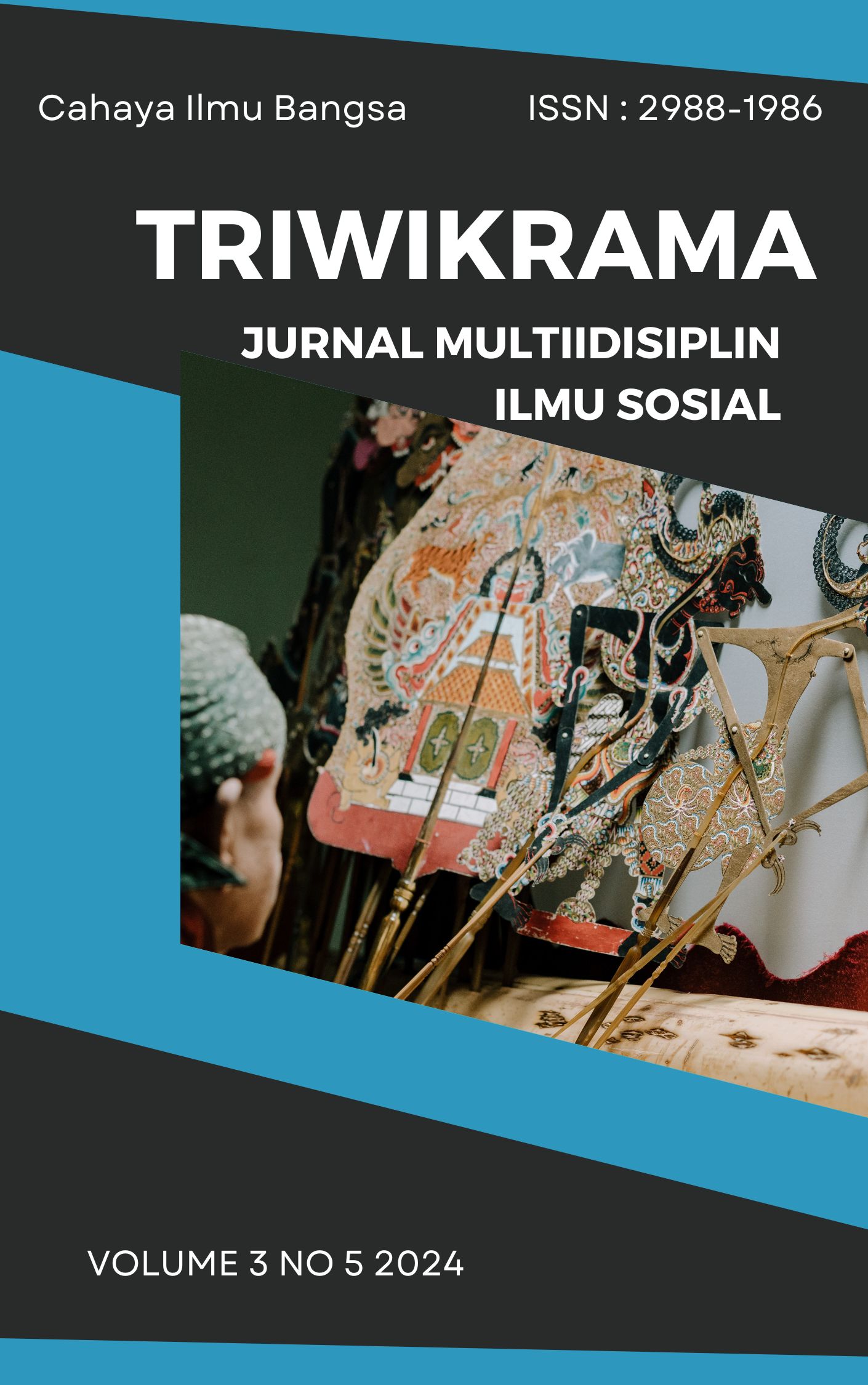PENERAPAN SISTEM MAKE TO ORDER SEBAGAI STRATEGI PENGEMBANGAN WIRAUSAHA KREATIF PADA GENERASI Z DI WIRAUSAHA MERDEKA 3 UNTAG SURABAYA
Main Article Content
Abstract
This research aims to describe the application of the make to order system as a strategy for developing creative entrepreneurship in generation z. The approach used in this research is a qualitative approach with a case study method, the data sources used are the first source from interviews and the second source from the literature. The data collection techniques used were interviews and observations, while the data analysis techniques used were thematic techniques. The results of this research are that there are two sub-discussions, namely the Implementation of the Make to Order (MTO) System in Creative Entrepreneurship and the Relevance of the MTO Strategy to the Characteristics of Generation Z, which in this case is explained in detail in the discussion section.
Downloads
Article Details

This work is licensed under a Creative Commons Attribution-NonCommercial-ShareAlike 4.0 International License.

This work is licensed under a Creative Commons Attribution-NonCommercial-ShareAlike 4.0 International License.
References
Dzikrillah, N., Purba, H. H., Suwazan, D., & Wahjoedi, N. (2016). Pengendalian persediaan melalui penentuan produk strategi. Jurnal Teknik Industri, 6(2).
Sugiyono, (2017). Metode Penelitian Kuantitatif, Kualitatif, dan R&D. Bandung: CV. Alfabeta.
Sugiyono. 2018. Metode Penelitian Kuantitatif, Kualitatif, dan R&D. Bandung: Alfabeta.
Sugiyono. (2022). Metode Penelitian Kuantitatif, Kualitatif, dan R&D. Bandung: Alfabeta.
Arnold, S., Warner, W. J., & Osborne, E. W. (2006). Experiential Learning in Secondary Agricultural Education. Journal of Southern Agricultural Education Research, 56(1), 30–39.
Wahyuningsih, S. (2013). Metode Penelitian Studi Kasus: Konsep, Teori Pendekatan Psikologi Komunikasi, dan Contoh Penelitiannya. UTM PRESS Bangkalan - Madura, 119.
Arikunto, S. 2013.Prosedur Penelitian Suatu Pendekatan Praktik. Edisi Revisi. Jakarta: PT. Rineka Cipta.
Anwar Sanusi. 2012. Metode Penelitian Bisnis. Jakarta: Salemba Empat.
Morris, M. H., Miyasaki, N. N., Watters, C. E., & Coombes, S. M. (2006). The Dilemma of Growth : Understanding Venture Size Choices of Women Entrepreneurs. 44(2), 221–244.
Yusanto dan Widjajakusuma (2002). Menggangas Bisnis Islami, Jakarta: Gama Insani Press.
Kohli, A. K., & Jaworski, B. J. (1990). Market Orientation : The. 54(April), 1–18.
Wicaksono, G., & Nuvriasari, A. (2012). Meningkatkan Kinerja UMKM Industri Kreatif Melalui Pengembangan Kewirausahaan dan Orientasi Pasar: Kajian pada Peran Serta Wirausaha Wanita di Kecamatan Moyudan, Kabupaten Sleman, Propinsi DIY. Jurnal Sosio Humaniora, 3(4), 27–39.
Garai, Anny., & Bon, Talib, Abdul. (2013).Just In Time Approach in Inventory Control. Universiti Tun Hussein Onn Malaysia.
Gupta, A., Garg, R. K., & Tewari, P. C. (2012). Inventory selection criteria: A proposed classification. IUP Journal of Operations Management, 11(4), 41-52.
Mutakin, A. (2011). Pengukuran Kinerja Manajemen Rantai Pasokan dengan SCOR Model 9.0 (Studi Kasus di PT Indocement Tunggal Prakarsa Tbk). Jurnal Manajemen Dan Organisasi, 2(3), 89–10sember 2024
